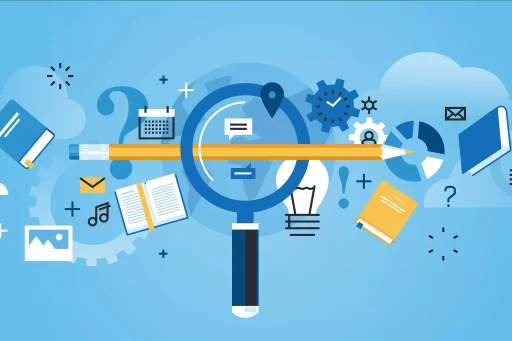Introduction
The right against exploitation is a fundamental human right enshrined in various international treaties and national laws to protect individuals from any form of exploitation, forced labor, and human trafficking. This right is vital for safeguarding human dignity and ensuring social justice.
What is the Right Against Exploitation?
The right against exploitation is primarily concerned with protecting individuals from exploitation in its many forms, including:
- Forced labor
- Human trafficking
- Child labor
- Inhumane working conditions
Exploitation can occur in various contexts, including the workplace, domestic settings, and even within communities. This right aims to empower individuals and provide legal frameworks to seek justice and support.
Historical Context
Historically, the fight against exploitation dates back to the abolition of slavery in the 19th century. Social movements and labor laws followed, gradually leading to international acknowledgement of the need to protect vulnerable populations from exploitation. The Universal Declaration of Human Rights (UDHR) in 1948 significantly contributed to this by declaring that everyone has the right to work, to free choice of employment, and to just and favorable conditions of work.
Key International Instruments
Several key international instruments outline the right against exploitation:
- International Labour Organization (ILO) Conventions: These conventions establish international labor standards aimed at eliminating forced labor, child labor, and trafficking.
- Convention on the Rights of the Child (CRC): This treaty requires all governments to take measures to prevent child exploitation.
- Convention on the Elimination of All Forms of Discrimination Against Women (CEDAW): This aims to eliminate discrimination against women, protecting them from exploitation.
Case Studies of Exploitation
Understanding the right against exploitation requires examining real-world examples. Here are some notable case studies:
- The Garment Industry in Bangladesh: Workers, primarily young women, have frequently faced poor working conditions, low wages, and harassment. Following tragic incidents like the Rana Plaza collapse in 2013, labor rights reforms pushed for better protections under international labor agreements.
- Human Trafficking in Southeast Asia: Thousands of adults and children have been trafficked for labor and sex work. Organizations like the United Nations Office on Drugs and Crime (UNODC) work to combat this through awareness-raising campaigns and legal support.
- Child Labor in Cocoa Production: Children in West Africa are often employed on cocoa plantations, working under hazardous conditions. Advocacy organizations have pressured companies to ensure supply chains are free from child labor.
Statistics Highlighting Exploitation
Statistics provide a sobering glimpse into the scope of exploitation worldwide:
- According to the International Labour Organization, over 40 million people worldwide are victims of modern slavery, including forced labor and sexual exploitation.
- It is estimated that 152 million children are involved in child labor, with a significant percentage engaged in hazardous work.
- Human trafficking generates an estimated $150 billion in illegal profits every year, raising alarms for governments and civil societies globally.
Legal Frameworks and Enforcement
Countries are responsible for implementing laws that uphold the right against exploitation. While most nations have some form of labor laws, the efficacy of enforcement varies widely. For example:
- In countries like Sweden and Norway, strict labor protections and enforcement mechanisms significantly minimize exploitative practices.
- Conversely, in regions where corruption and lack of oversight are prevalent, such as parts of Southeast Asia, exploitation continues unabated.
The Role of NGOs and Civil Society
Non-governmental organizations (NGOs) play a crucial role in advocating for the right against exploitation. They provide support systems, legal counsel, and prison reform services. For example:
- Anti-Slavery International: This organization has been instrumental in driving policy reform and educating communities about their rights.
- The Polaris Project: This NGO focuses on combating human trafficking through awareness, victim support, and policy advocacy.
Conclusion
Understanding the right against exploitation is critical in today’s interconnected world. As societies evolve, continued vigilance, advocacy, and enforcement are integral to ensuring the protection of vulnerable populations around the globe. In championing these rights, we uphold the dignity and worth of every individual.


